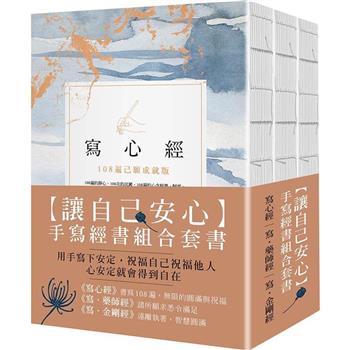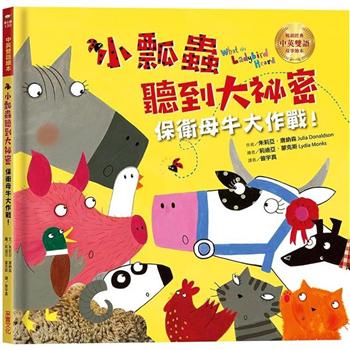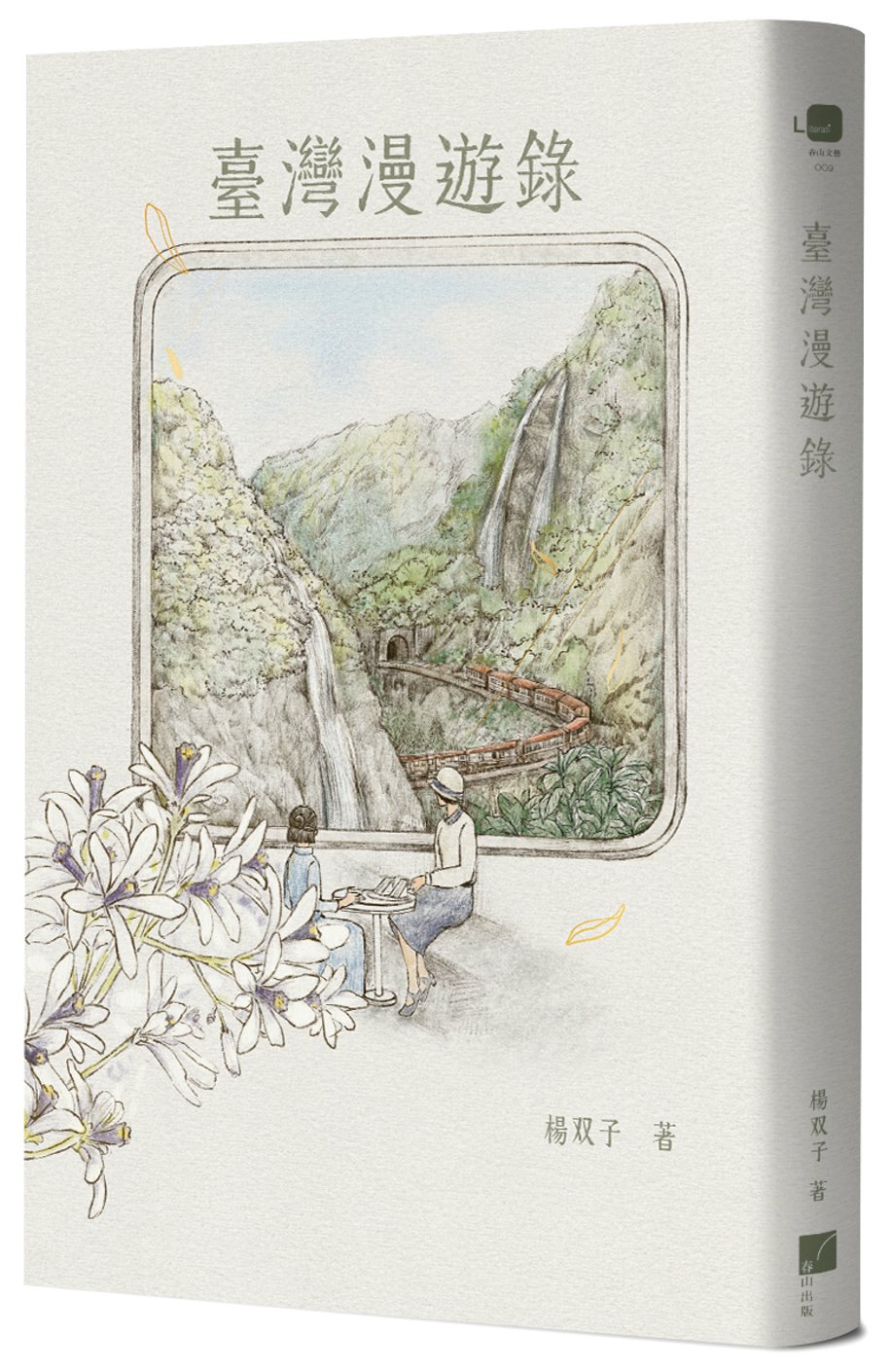Slavery was at the heart of the South’s agrarian economy before and during the Civil War. Agriculture provided products essential to the war effort, from dietary rations to antimalarial drugs to raw materials for military uniforms and engineering. Drawing on a range of primary sources, this history examines the botany and ethnobotany of America’s defining conflict. The author describes the diverse roles of cash crops, herbal medicine, subsistence agriculture and the diet and cookery of enslaved people.
| FindBook |
有 1 項符合
The Civil War in Plants: A Botanical History的圖書 |
 |
The Civil War in Plants: A Botanical History 作者:Sumner 出版社:McFarland & Company 出版日期:2022-11-16 語言:英文 規格:平裝 / 165頁 / 普通級/ 初版 |
| 圖書館借閱 |
| 國家圖書館 | 全國圖書書目資訊網 | 國立公共資訊圖書館 | 電子書服務平台 | MetaCat 跨館整合查詢 |
| 臺北市立圖書館 | 新北市立圖書館 | 基隆市公共圖書館 | 桃園市立圖書館 | 新竹縣公共圖書館 |
| 苗栗縣立圖書館 | 臺中市立圖書館 | 彰化縣公共圖書館 | 南投縣文化局 | 雲林縣公共圖書館 |
| 嘉義縣圖書館 | 臺南市立圖書館 | 高雄市立圖書館 | 屏東縣公共圖書館 | 宜蘭縣公共圖書館 |
| 花蓮縣文化局 | 臺東縣文化處 |
|
|
圖書介紹 - 資料來源:博客來 評分:
圖書名稱:The Civil War in Plants: A Botanical History
|










